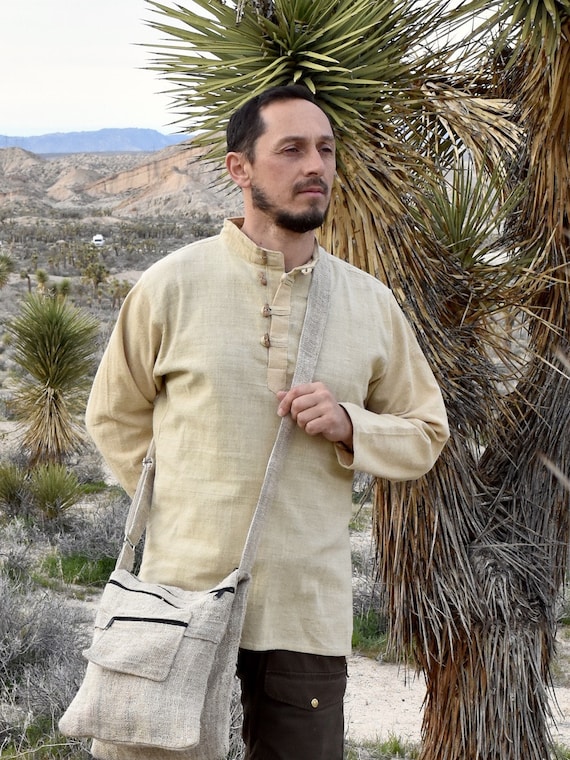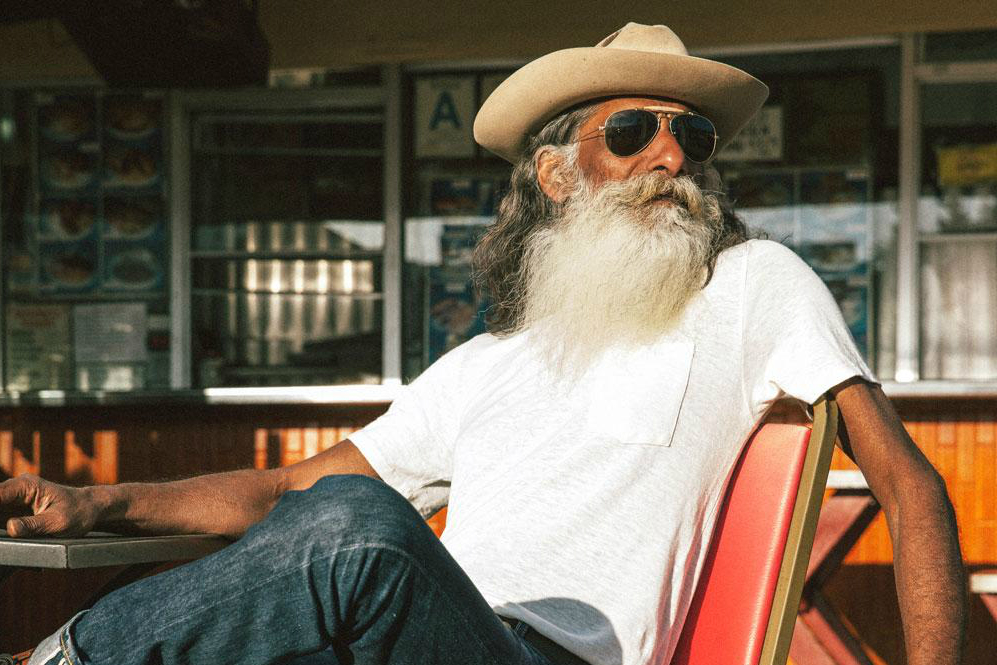Handy Ideas On Choosing Bamboo Clothing
Wiki Article
What Are The Main Differences Between Hemp And Cotton In Terms Of Water Consumption, Pesticides, Herbicides Etc.?
There are many reasons hemp is considered to be a sustainable plant if you compare it to cotton when it comes to water use as well as insecticides and herbicides.
Hemp Hemp requires significantly less irrigation than other crops like cotton. It is a drought-tolerant and low-irrigation plant. In some locations, hemp is cultivated using rainwater only. This is why it is a good water choice.
Cotton-Conventional textiles are notorious for their water-intensive nature. Cotton farming is often irrigated extensively, which can reduce the water resources of the area and lead to water scarcity. It is a water-intensive operation that raises questions about its sustainability.
Pesticides and Herbicides-
Hemp - Hemp's natural resistance to a variety of pests, diseases and weeds reduces the use of synthetic pesticides. While some hemp crops may require some pest management strategies however, the total dependence on chemical inputs is lower than many other crops, such as cotton. It is possible to cultivate organic hemp without using pesticides.
Cotton farming - Traditional cotton farming heavily rely on synthetic herbicides, pesticides, and weed killers for the control of pests. These chemicals may cause negative environmental impacts like soil and water pollution and harm to species that are not targeted as well as the development of pesticide-resistant bugs.
Summary: Hemp is thought to be an environmentally friendly crop than cotton in terms of the use of water, pesticides, herbicides.
Hemp grows well with minimal water and is usually produced by rainwater or with very little irrigation.
Hemp is naturally invulnerable to pests and disease This reduces the need for pesticides.
Hemp farming uses fewer synthetic pesticides and herbicides and fertilizers than cotton.
It's important to remember that environmentally sustainable and sustainable practices vary between growers. In addition, organic farming techniques further increase the sustainableness of hemp and cotton since they limit the use of synthetic chemicals as well as improve the health of the soil. Concerning the environmental impact on clothes and textiles, choosing organic and sustainably made fibers can reduce the ecological footprint. Have a look at the most popular hemp clothing for blog info including hemp fabric, hemp cotton fabric, patagonia work pants hemp, hemp textiles, hemp tee shirts, patagonia volley shorts, hoodlamb coat, hemp bathing suit, patagonia hemp island pants, hemp mens jeans and more.

What Is It That Gives Hemp Fibers Their Moisture-Wicking, Breathable And Thermoregulatory Qualities?
Hemp fibers have breathable moisture-wicking, and thermoregulatory characteristics due to their distinct chemical and structural properties. These characteristics are a result of the following elements. Microstructure- Hemp fibres have a porous and hollow structure that allows air to circulate inside the fibers. The natural porosity makes hemp fabrics extremely breathable. The structure, when knitted or knitted, permits air to flow, which aids in the circulation of air and stopping the accumulation of heat and humidity against the body.
Hemp fibers absorb moisture and are wicking. Hemp is hydrophilic which implies it has an incredibly strong attraction to water. Wearing hemp-based clothing can aid in absorbing sweat and moisture, which can prevent the feeling of being wet. Moreover, hemp fibres are effective at dispersing moisture and dispersing it across a wider area of fabric where it can be evaporated more quickly. When you are exercising or in hot temperatures, this moisture-wicking ability helps keep you cool and dry.
Thermoregulation- Hemp fibers have natural insulating properties. If it's cold they are able to keep heat in close proximity to your body and provide warmth. Conversely, they allow excess heat and moisture to be able to escape when temperatures are hot which helps reduce heat. The thermoregulatory properties of hemp make hemp clothing suitable for a variety of temperatures and sports.
Hemp fibers are naturally antimicrobial and can inhibit the growth of bacteria that cause stinks. This property contributes to the freshness of hemp clothes, even when worn when exercising.
Hemp fibers are durable and durable. They can last for a long time. Wearing hemp fibres will keep their breathable and moisture wicking ability even after many washings and use. The durability of hemp clothing allows it to last for longer and decreases the need for replacing them and, therefore, their environmental impact.
UV Protection Hemp fibers are an organic UV protectant, shielding the skin from harmful UV radiation. The ability of hemp clothing to block UV radiation is ideal for outdoor sports.
These properties of hemp are intrinsic and not dependent on any additives or chemical treatments. Hemp's natural characteristics create a sustainable and a comfortable fabric, particularly for outdoor clothing, activewear and warm weather clothing. Furthermore, these characteristics remain even after hemp fibers are processed and weaved into fabric, making them highly desirable for sustainable and practical clothes. See the recommended hemp clothes url for site info including organic hemp hoodie, hemp jeans mens, patagonia work pants hemp, patagonia island hemp pants, organic hemp underwear, hemp work pants, hemp sweater, hemp golf shirts, afends jesse dress, t shirt hemp and more.

What are the main differences between bamboo and hemp fibers?
Both hemp and bamboo fibers are plant-based fibres that are utilized to make textiles. Each one has its own unique characteristic and properties. Here are a few of the major distinctions between bamboo fiber and hemp fiber- 1. Plant Source-
Hemp- Hemp fibres are made from the outer bast of the stalks. Hemp has been used for many purposes over through the ages. It is a rapid-growing multi-purpose plant.
Bamboo- Bamboo fibers come by removing the woody part of the bamboo plant. Bamboo is fast-growing species of grass, renowned for its the speed of renewal and longevity.
2. Fiber Characteristics
Hemp- Hemp fibers are well-known for their strength and durability. They are natural fibers with a lot of strength that soften and become softer after washing, which makes them ideal for making long-lasting fabrics.
Bamboo fibers are silky soft with a silky smooth texture. They are weaker than hemp and more delicate. But, they are highly prized for their comfort when placed on the skin.
3. Texture, Feel and Look-
Hemp Fabric- Hemp is a fabric with a texture and a more coarse feel in its original state. It can be comfy but has a different texture to bamboo.
Bamboo- Bamboo fabric feels smooth, silky and luxuriously soft. The fabric is described as having a soft cottony feel. It is extremely comfortable.
4. It is vital to breathe in addition to moisture wicking.
Hemp Fibers- Hemp fibers help to absorb water, are naturally air-tight. They keep you cool and dry in hot weather.
Bamboo is also highly ventilated, and it also wicks away water. Micro-gaps within the fabric increase its ability to regulate humidity and temperature and allow you to remain comfortably in a variety of conditions.
5. Environmental Impact-
Hemp- Hemp is considered an eco-friendly fiber because of its low water consumption rapid growth rate, as well as resistance to pests, reducing the need for pesticides as well as herbicides. Hemp can also absorb carbon dioxide from the air as it grows.
Bamboo is considered to be a sustainable material. It grows quickly, requires little water, and doesn't need synthetic pesticides. Moso is one of the most sustainable bamboo species.
6. Processing-
Hemp- Hemp fibres need intensive processing to separate out the inner bast fibers from the woody core inside. The process may involve decoration, retting, or mechanical separation.
Bamboo- Bamboo fibres are typically obtained through a chemical procedure called the viscose or rayon procedure. This involves breaking down the bamboo pulp with chemicals. Although this can cause environmental issues if not handled responsibly, some bamboo textiles make use of closed-loop systems to decrease the amount of chemicals that are disposed.
7. Versatility-
Hemp- Hemp is versatile It has many uses, such as construction materials, clothing, textiles, and more.
Bamboo fibers can be found in a wide range of products, such as towels and bedding.
Summary Both bamboo and hemp provide unique advantages and are environmentally sustainable. Your decision will depend on your personal preferences regarding the environment and what you are looking for regarding specific properties and qualities. See the recommended bamboo clothes for more tips including bamboo infant clothing, bamboo shirts wholesale, bamboo pants for women, bamboo tee shirts, t shirts bamboo, dixxon bamboo shirt, bamboo family pajamas, short sleeve bamboo pajamas, bamboo clothing sustainable, bamboo brand jeans and more.
